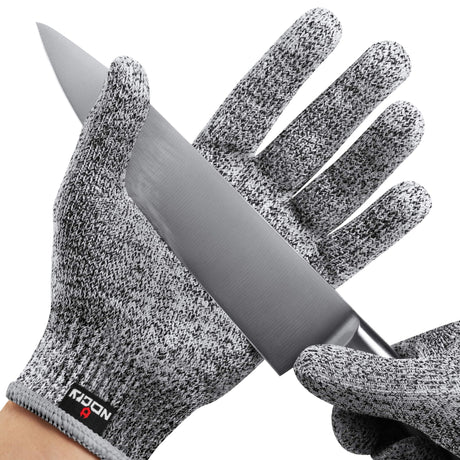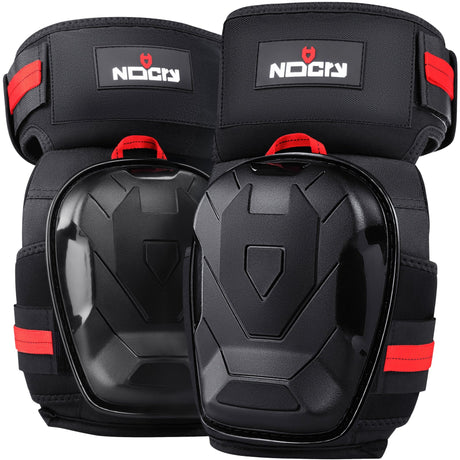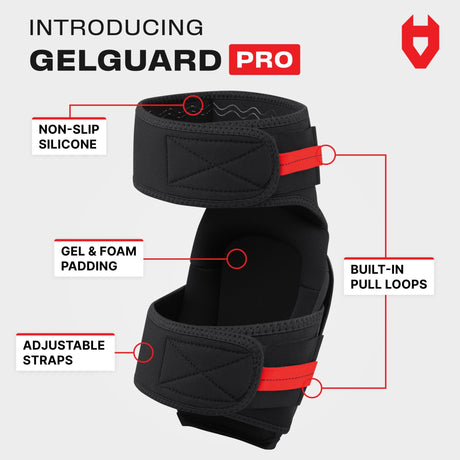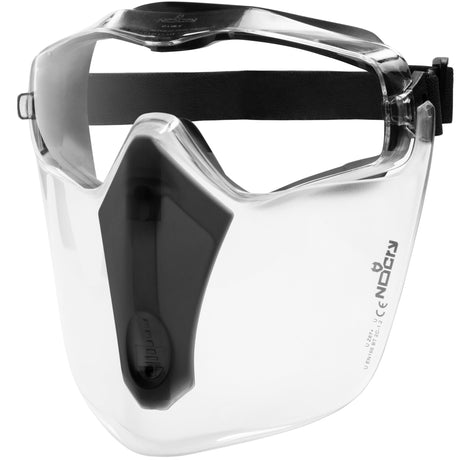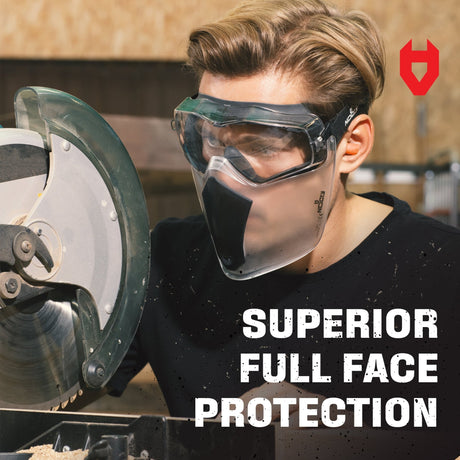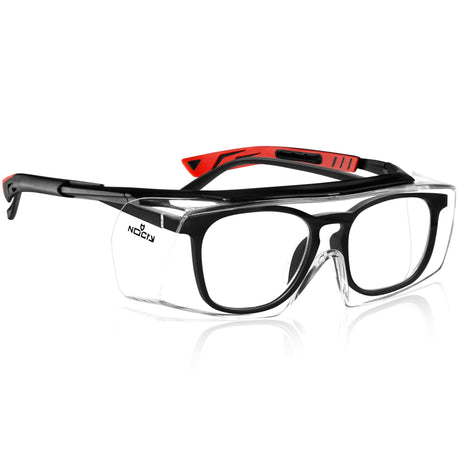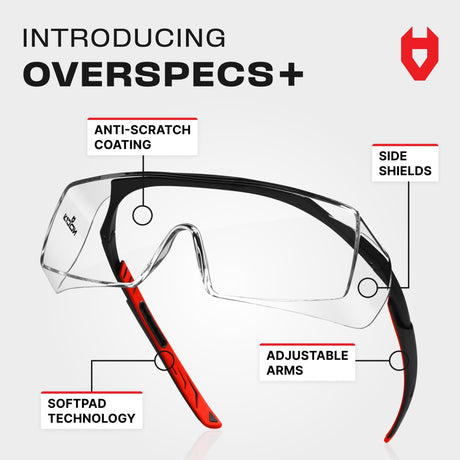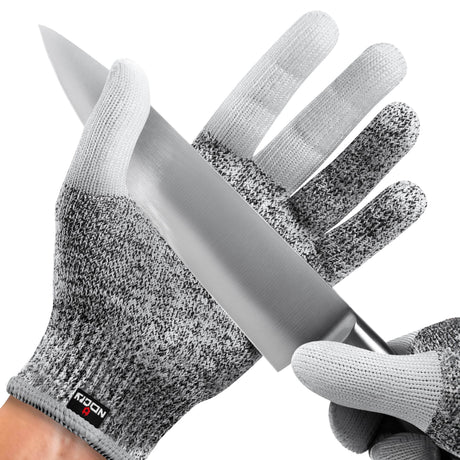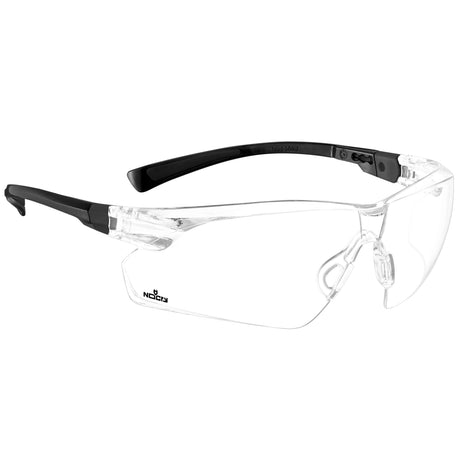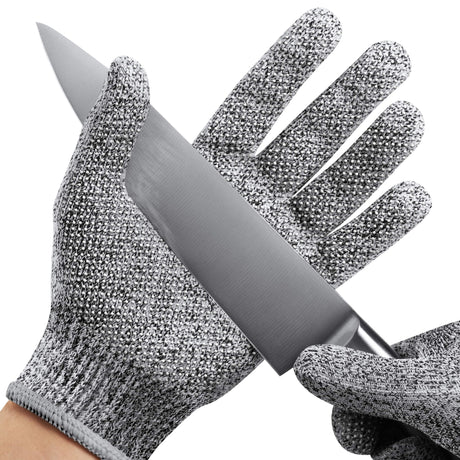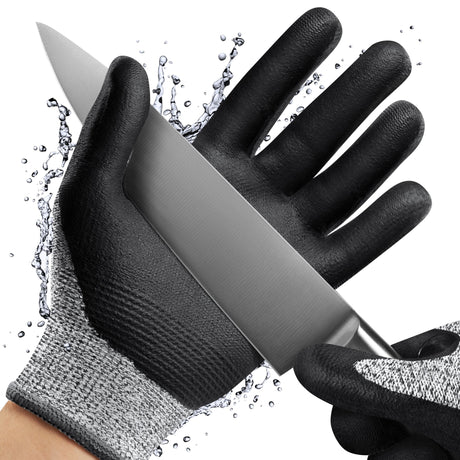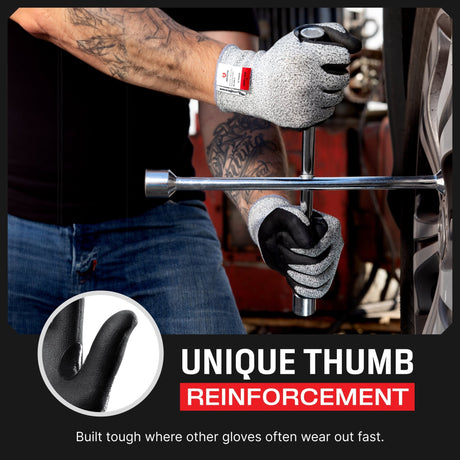Key Takeaways
- Safety glasses can have a long life if cleaned and maintained correctly.
- Use only gentle methods — no harsh chemicals, no alcohol — to protect coatings.
- Always inspect for damage before and after cleaning.
- Store them safely to preserve clarity and life.
Are Safety Glasses Reusable?
Yes, safety glasses are designed to be reused, but their lifespan depends entirely on how well they are maintained. Unlike disposable PPE, quality safety glasses are made with durable polycarbonate lenses and impact-resistant frames that can withstand repeated use in demanding environments.
However, reusing them safely requires proper care. Repeated exposure to dust, debris, chemicals, or oils from your hands can scratch or degrade lenses over time, reducing both visibility and protection. If a lens becomes scratched, the coating peels, or the frame warps, the glasses should be replaced immediately, as cleaning or repairs cannot restore complete safety.
By cleaning and storing your glasses correctly, you can maximize their usable life while ensuring your eyes remain fully protected. Proper cleaning not only maintains clarity but also preserves anti-fog and scratch-resistant coatings, which are critical for long-term safety and comfort.
How to Clean Safety Glasses Step by Step
1. Remove Dust and Loose Particles: Before touching the lenses, gently blow off any dust or debris. This prevents scratches caused by abrasive particles when wiping. You can also use a soft brush or lightly rinse with lukewarm water to remove stubborn grit.
2. Rinse: Rinsing lenses under lukewarm water helps wash away dirt, oils, or sweat that can scratch the surface. Avoid hot water, as it can warp the frame or weaken protective coatings.

3. Use a soft microfiber cloth: Always wipe lenses with a clean microfiber cloth, either dry or slightly moistened with water. Avoid paper towels, tissues, or clothing, as these materials can leave scratches or lint.
4. Address grease or smudges: For oily fingerprints or tough smudges, use a drop of mild, lotion-free dish soap. Gently lather the lenses, rinse thoroughly with lukewarm water, and then dry. Never use harsh chemicals, alcohol, or ammonia-based cleaners, which can damage anti-fog or scratch-resistant coatings.
5. Dry carefully: Pat or gently wipe the lenses in small circular motions with a clean microfiber cloth. Avoid applying heavy pressure, which can scratch or bend the frame.

6. Inspect for damage: After cleaning, check the lenses and frame for scratches, cracks, peeling coatings, or warped frames. If you notice these issues, replace the glasses immediately — cleaning cannot restore damaged lenses.
7. Clean the frame and nose pads: Don’t forget to wipe down the frame, temples, and nose pads. These areas collect sweat, oil, and grime, which can transfer to lenses if left uncleaned. Use a soft cloth with mild soap if needed, being careful not to touch the lens directly.
How Often Should Safety Glasses Be Cleaned?
How often you clean safety glasses depends on how and where they’re used. In dusty, dirty, or chemical-heavy environments, wash them after every use: even small amounts of dirt or oil can reduce visibility. For lighter use, a quick daily cleaning works fine.
If you work in construction, woodworking, or chemical handling, inspect and wipe them down throughout the day when they get visibly dirty. Regular cleaning prevents buildup that can scratch lenses or wear down coatings. Pair cleaning with proper storage in a protective case to keep your safety glasses clear and long-lasting.
How to Make Safety Glasses Last Longer
Taking good care of safety glasses or goggles helps them last longer and perform better:
- Store them safely: Keep them in a case when not in use to prevent scratches or bending.
- Handle by the frame: Avoid touching the lenses to keep oils and dirt off.
- Avoid extreme conditions: Keep glasses away from high heat, sunlight, or harsh chemicals.
- Inspect regularly: Replace if lenses are scratched, cloudy, or coatings peel.
- Protect coatings: Use only microfiber cloths, mild soap, and water; skip alcohol or solvents.
- Clean the frame too: Wipe nose pads and arms to stop grime from transferring to lenses.
With regular cleaning and careful handling, your safety glasses will stay clear, comfortable, and protective for longer.
Conclusion
Regular cleaning and proper care keep your safety eyewear clear, comfortable, and fully protective. Use a soft microfiber cloth, rinse when needed, avoid harsh chemicals, and store them safely. Replace any scratched or damaged glasses to ensure your eyes stay protected on the job.
FAQ
Can I use alcohol or chemical cleaners on my safety eyewear?
No. Harsh chemicals like alcohol or ammonia can damage anti-fog and scratch-resistant coatings. Clean safety glasses using water, mild soap, and a soft microfiber cloth.
How do I clean greasy or smudged safety glasses?
Apply a tiny drop of mild, lotion-free dish soap, gently lather, rinse thoroughly with lukewarm water, and dry with a clean cloth.
Is it safe to wipe safety goggles dry without rinsing?
Only if there’s no grit or debris. Rinsing first removes particles that could scratch the lenses. Always use a soft cloth for drying.
When should I replace my safety glasses?
Replace safety glasses if lenses are scratched, coatings peel, or frames are warped. Damaged glasses reduce visibility and compromise eye protection.
What is the best way to store safety glasses or goggles?
Store safety glasses in a protective case when not in use. Handle by the frames, avoid leaving them in pockets or tool bags, and keep them out of direct sunlight.







